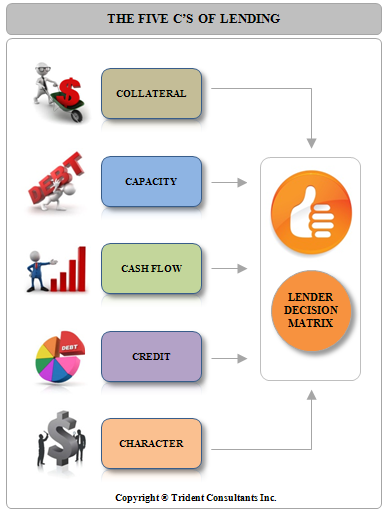Home Financing Personal Credit and Business Credit How to read a Personal Credit Report
How to read a Personal Credit Report
One of the most important elements in starting or acquiring any successful business is the ability of the business owner / partners to obtain sufficient credit at good terms at the right time. The most important items that dictates your ability to obtain credit is of course your personal credit scores. These are obtained by lenders when they order your credit report from the three main repositories of data on consumer credit in the United States – Experian, Equifax and Transunion.
In order to understand how credit works we felt it was important for us to show you just what a sample credit report looks like and what are the elements that constitute a credit report. To view a sample credit report please click below:
 Each credit report is a snapshot of the credit history of the borrower at one point in time. As the payment history and patterns of borrowing change so do your credit scores. Let’s examine the internal components of a credit report. We have numbered the different sections in our sample credit report and our explanations below match up to the numbers in the sample report – we recommend that you have the sample open so you better understand the explanations:
Each credit report is a snapshot of the credit history of the borrower at one point in time. As the payment history and patterns of borrowing change so do your credit scores. Let’s examine the internal components of a credit report. We have numbered the different sections in our sample credit report and our explanations below match up to the numbers in the sample report – we recommend that you have the sample open so you better understand the explanations:
1. This section of the credit report deals with the entity ordering the credit report on you the borrower. It contains information like the company name and address, the date the credit report was ordered, the charge for the credit report (may or may not show up on all credit reports), the unique report identifier and the kind of credit report being ordered. For example in our sample report on the top right hand side of the first page you can see that this report is a Merged In-file credit report which means that this report contains information that is currently in the files of the three repositories of data.
2. Applicant information pertains to information on the borrower – basic information like, name, social security number and address are given here. It is important to note that one of the ways the computers recognize your report is of course your social security number. Your address is yet another major identifier. If the wrong social security number is entered of course the wrong data will be presented in the report. If the address provided to the lender requesting the report is different from the address being reported on say your driver’s license, the report will come back with a warning saying that the addresses do not match. In our experience, we have also seen that the most common reason for data being incorrect is when the borrower has a very common name like John Smith – there is a very high likelihood of someone else’s data being mixed up with your credit report. We highly recommend that you take the time to inform the data repositories about any errors you see on your credit report and take the time to correct it since it can affect you negatively for years to come.
3. In our sample credit report, this section is where your credit scores are summarized. In a tri-merged credit report there will be one score from each data repository and hence you see the three scores of 736, 720 and 742. Usually when making a lending decision the bank will select the middle score amongst all three scores to qualify you for a loan. In this report the three scores are fairly close to each other. However, it is entirely possible to have two high scores and one low score – we have seen reports that come back with 725, 721 and 649. The reason for this usually is that there is some derogatory item on your credit report that is being reported to only one of the three bureaus. When you see a discrepancy like that, we recommend that you look closely at your report to identify which is the item that is causing you to get a low score with one data repository.
Small Business Owner Resource Center

Articles on the Small Business Financing Sources, the Small Business Loan Basics, small business loans Checklist and SBA Loans are incredible sources of knowledge for the small business owner.

Credit Report and Credit Score Analysis, how to Read a Personal Credit Report and all about Business Credit cover the intricacies of credit and are required reading for everybody.

The Foundation Grant Directory is a free listing of sources for grants by state. Why not look if there is some free money out there for your business. Hey - you never know!

The Business Loan Application covers every item you will need in your loan package and tells you how to get approved for business loans.

Fire your loan broker and use our Free Business Loans Bank / Lender Directory to find every bank in the country lending to small businesses.

If you are looking to start a business - look no further. Check out the Free Incorporation Guide discussion and the State Incorporation Resource Directory.
